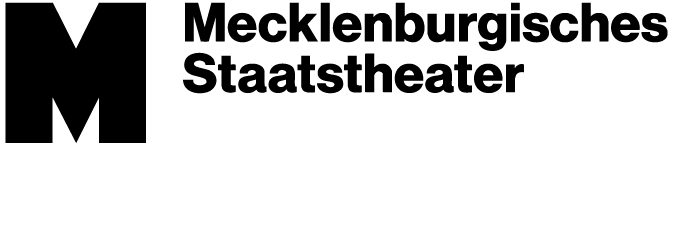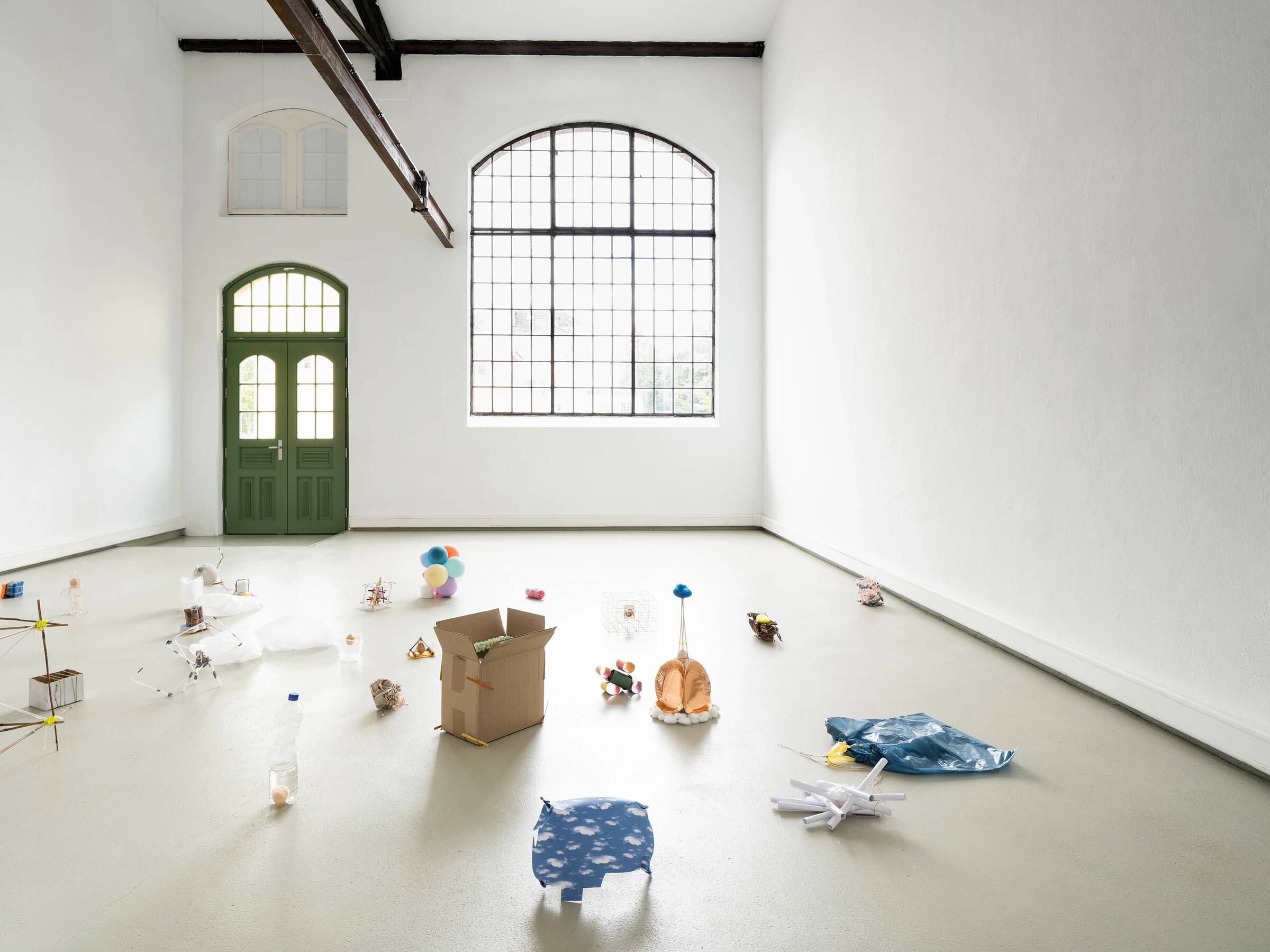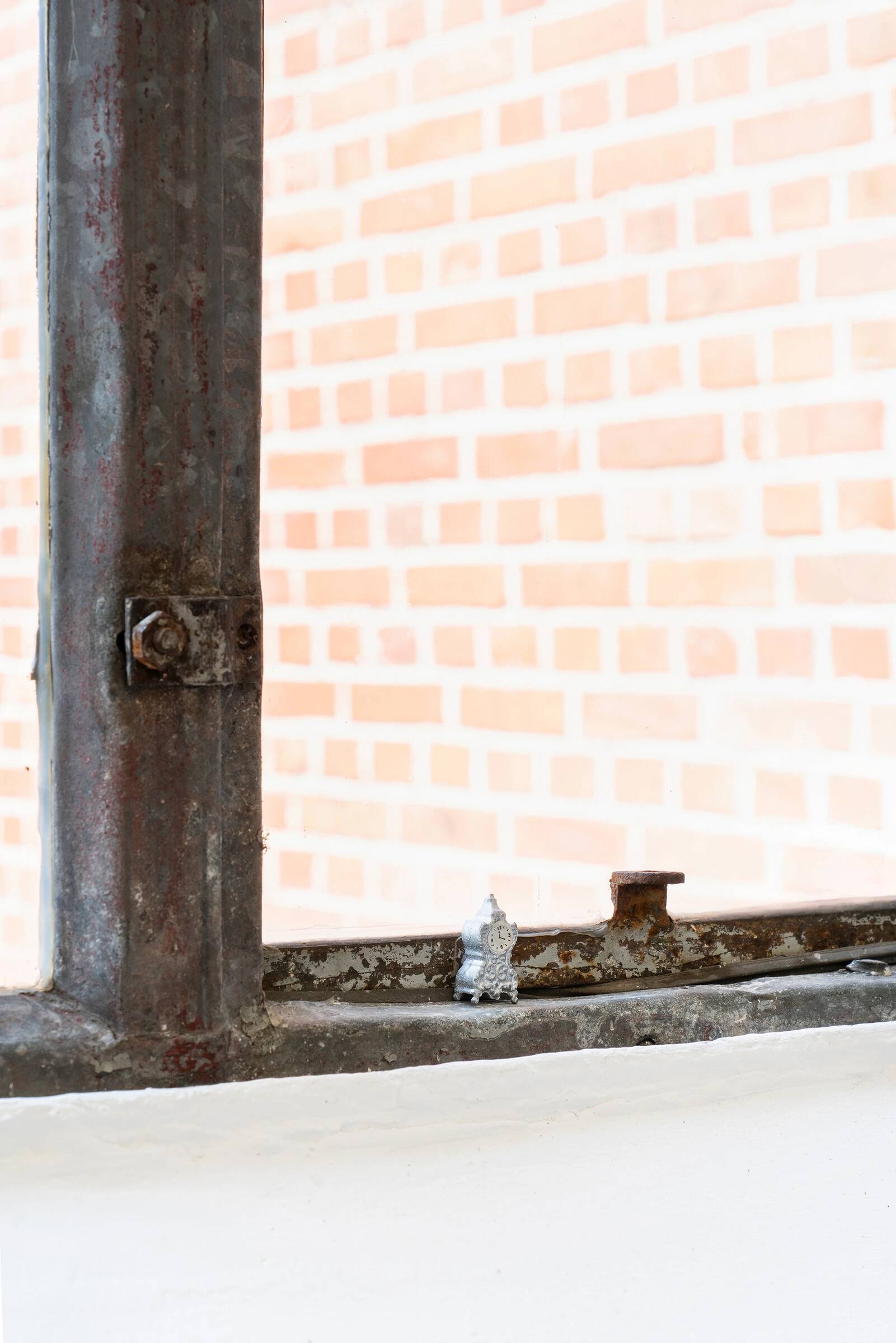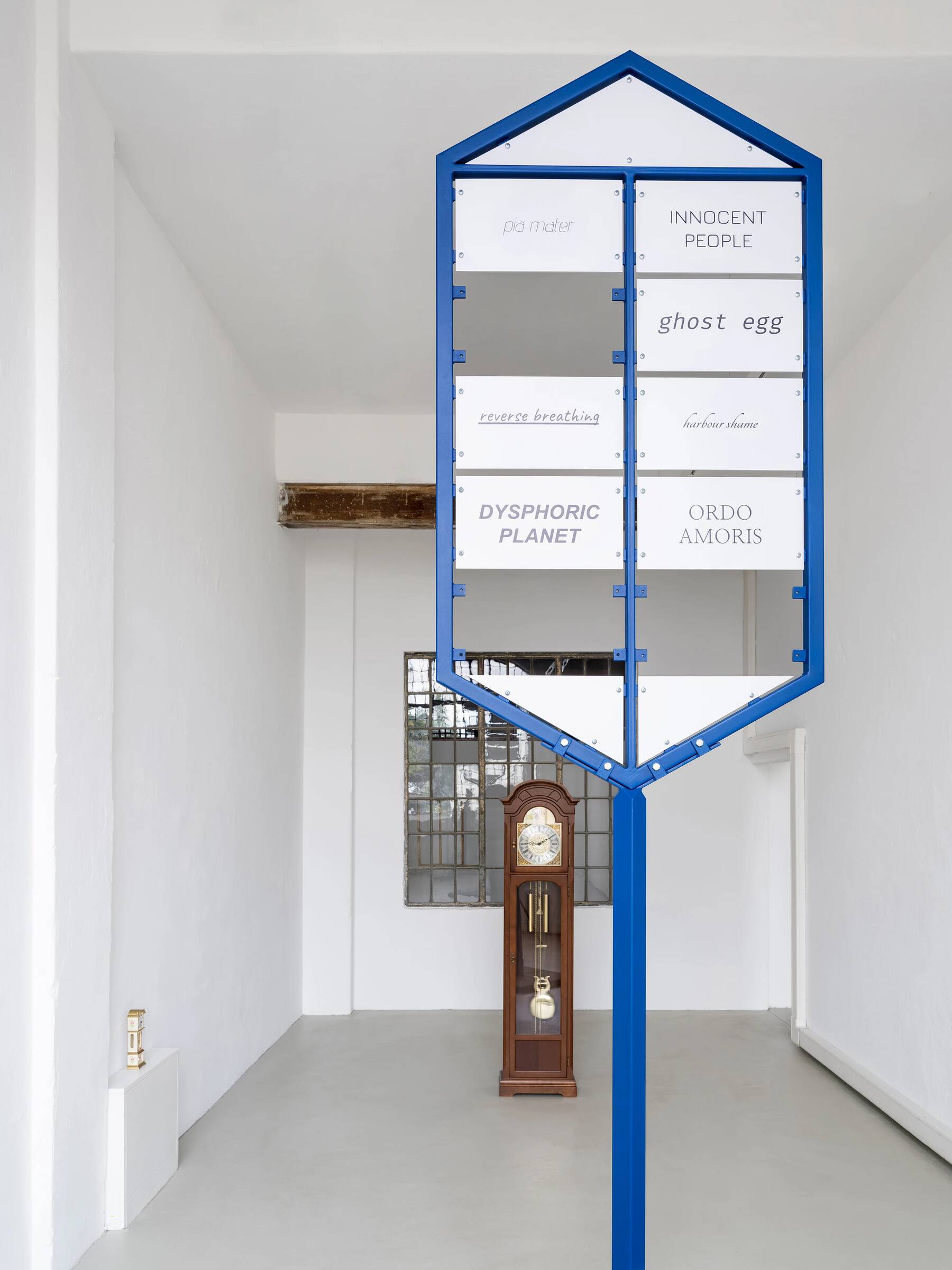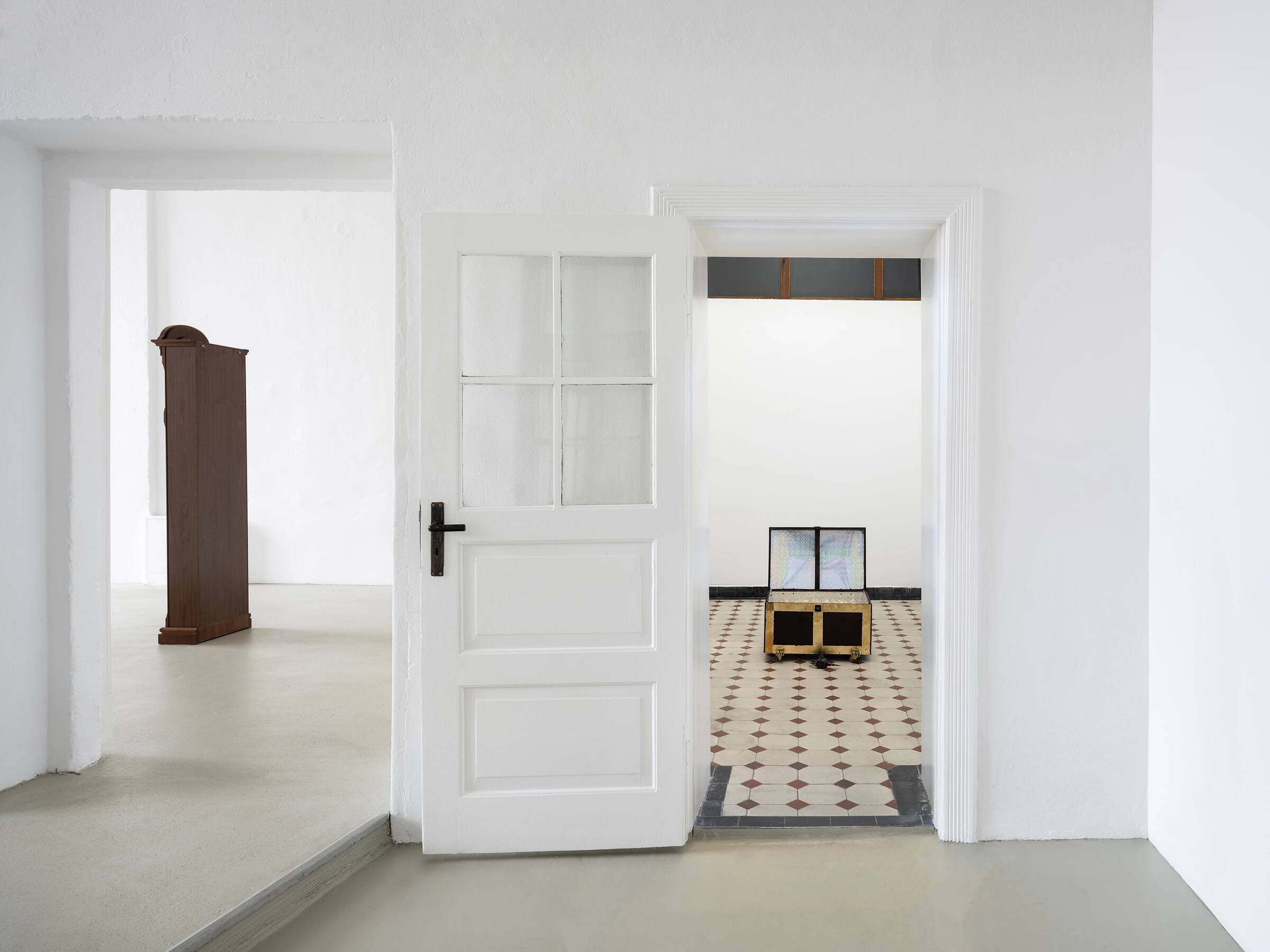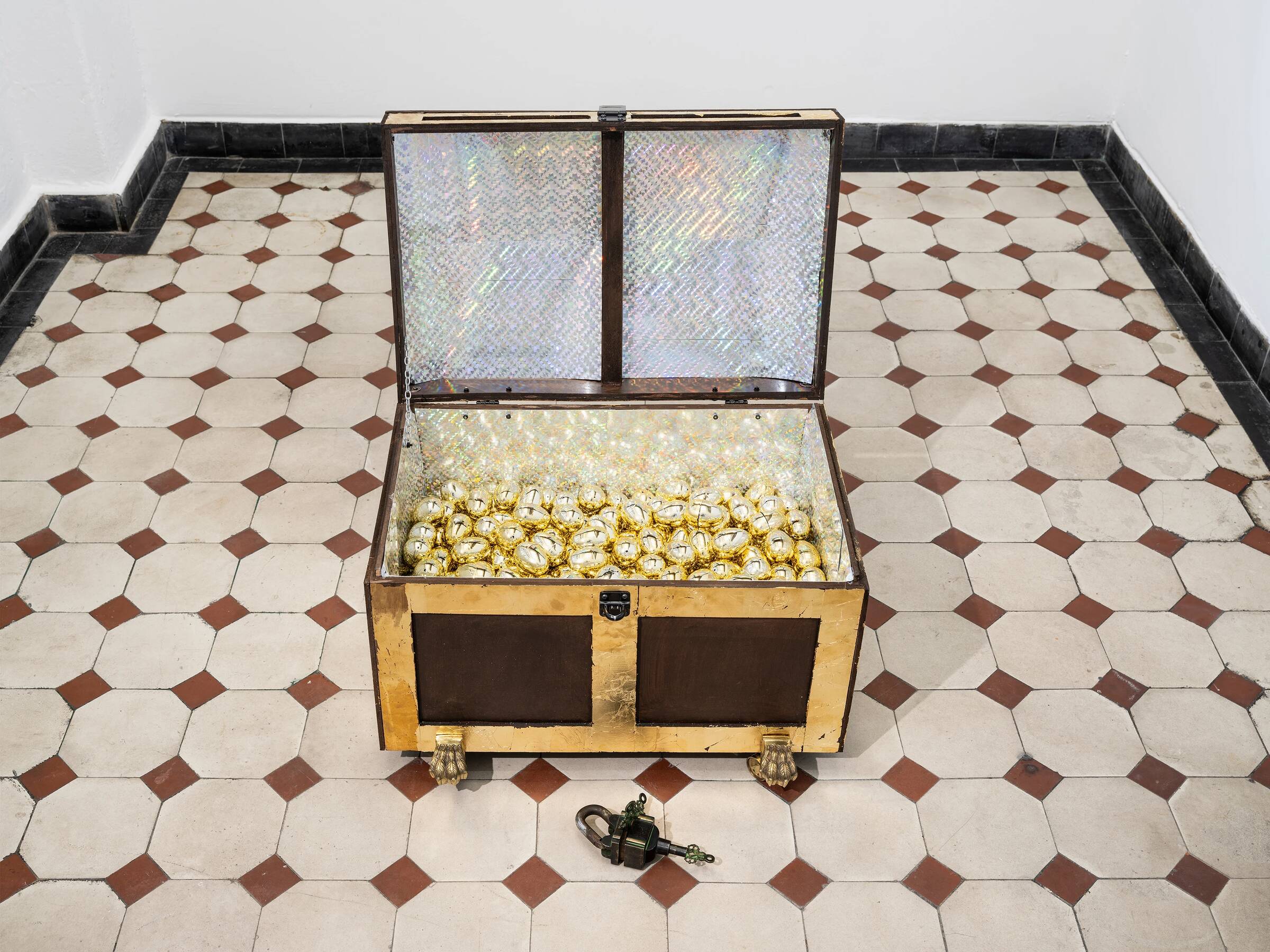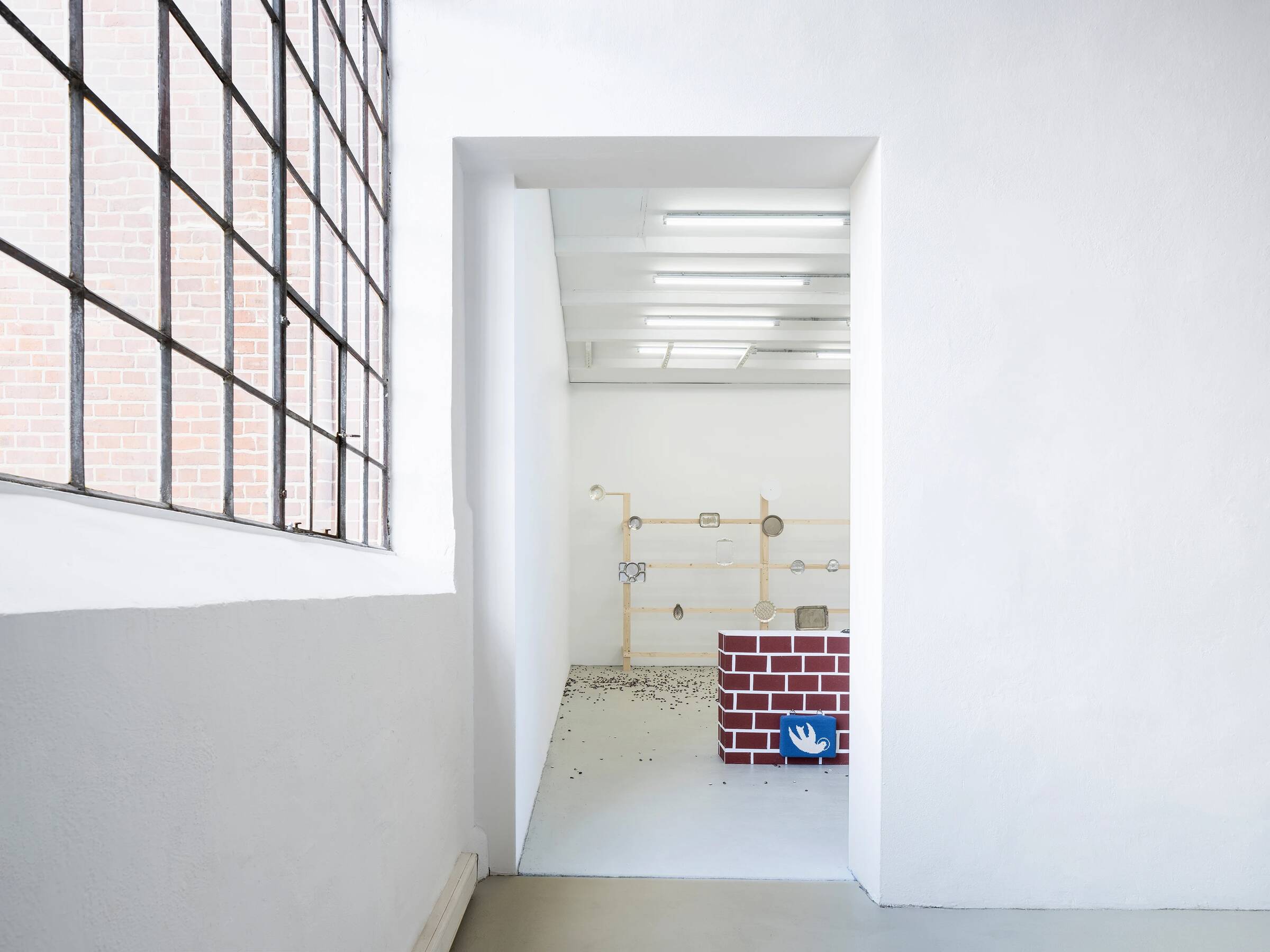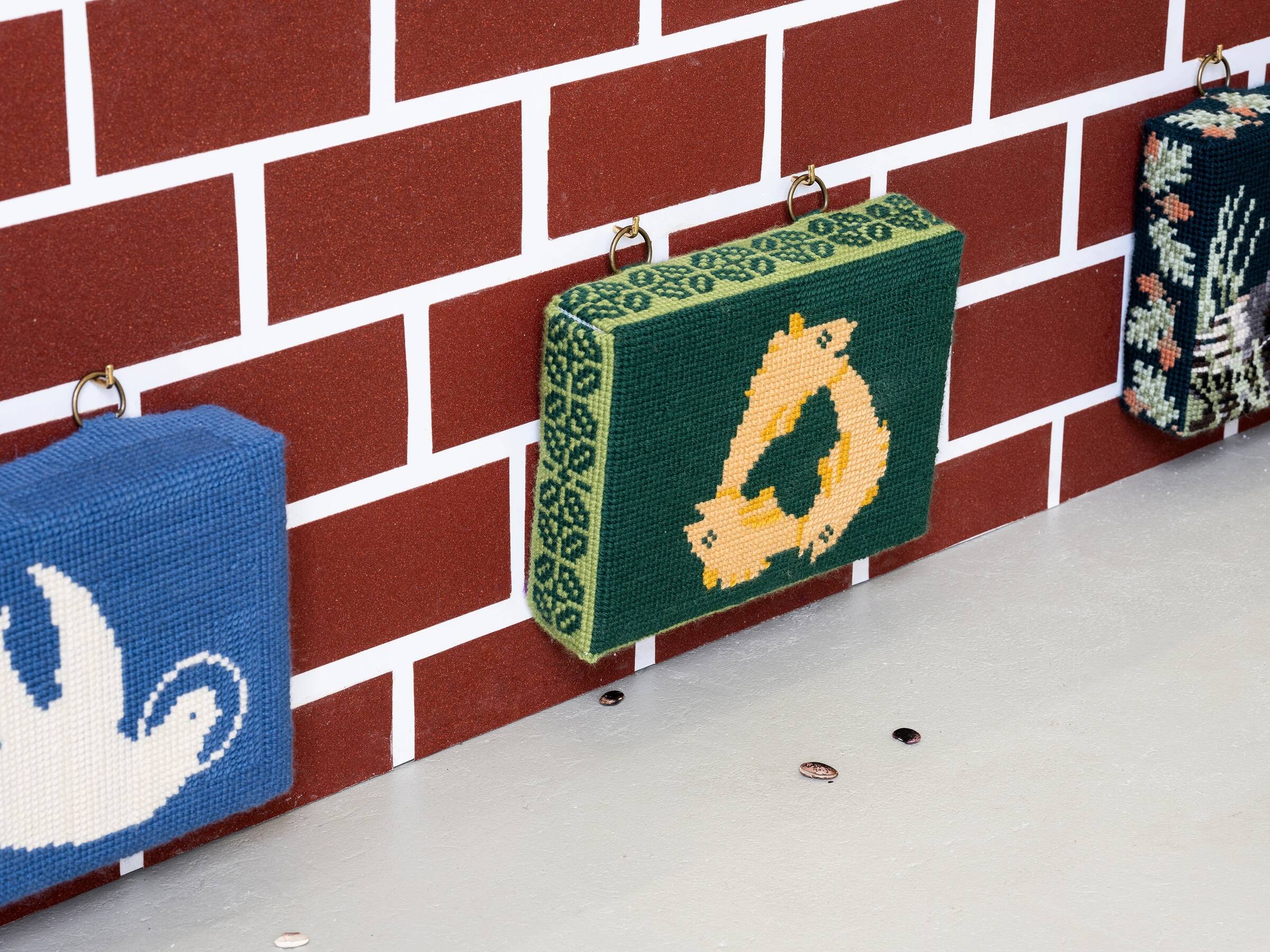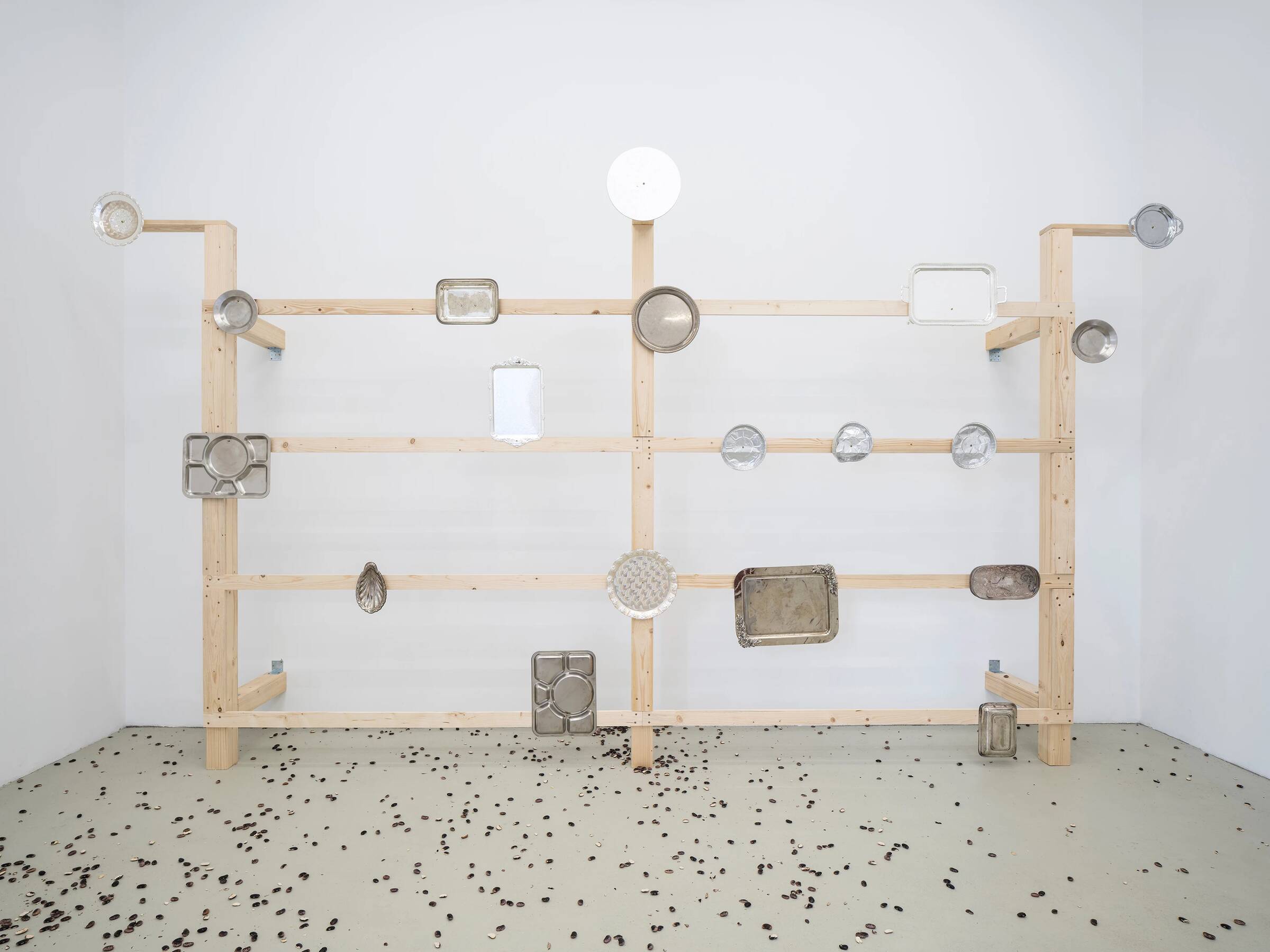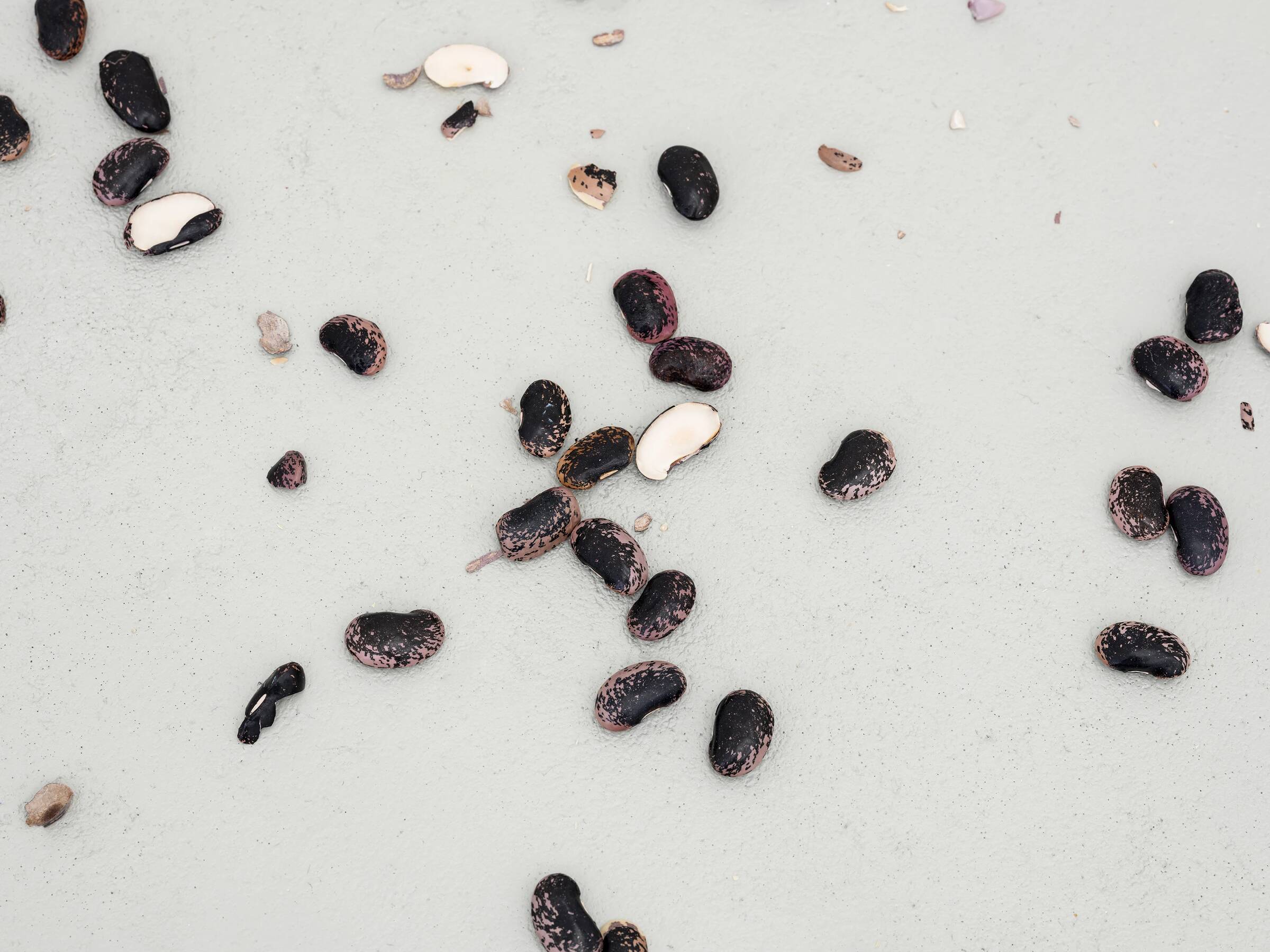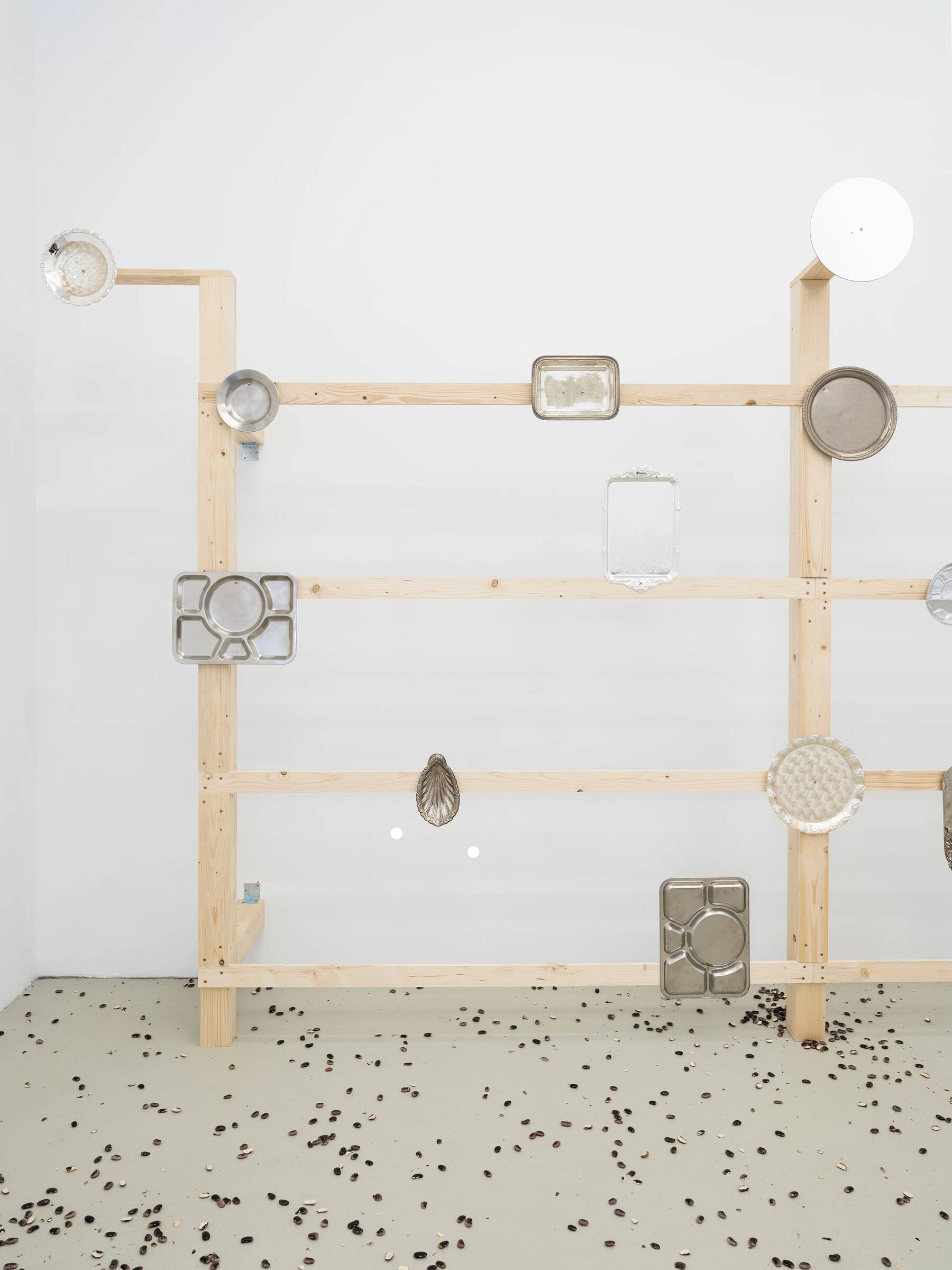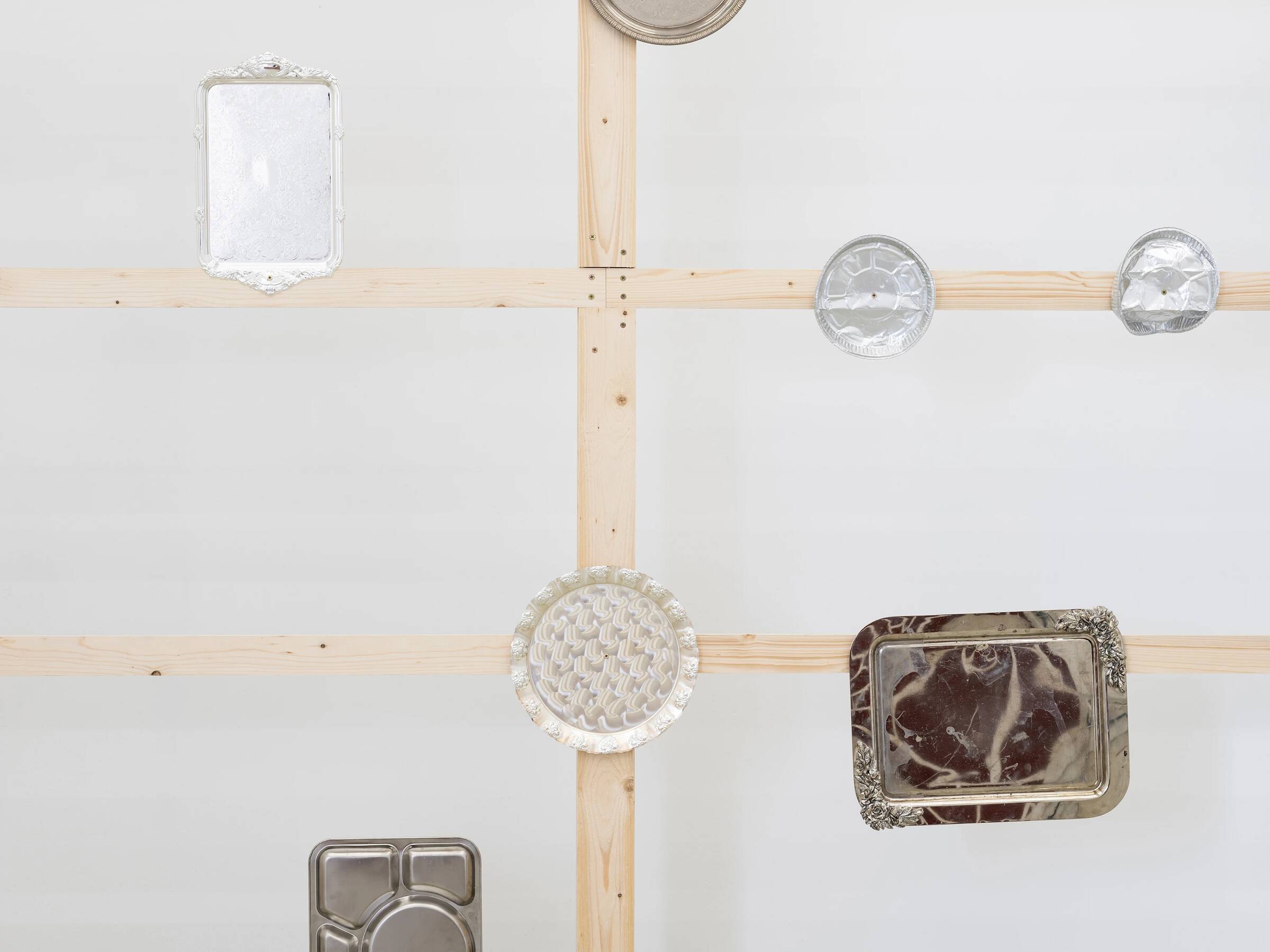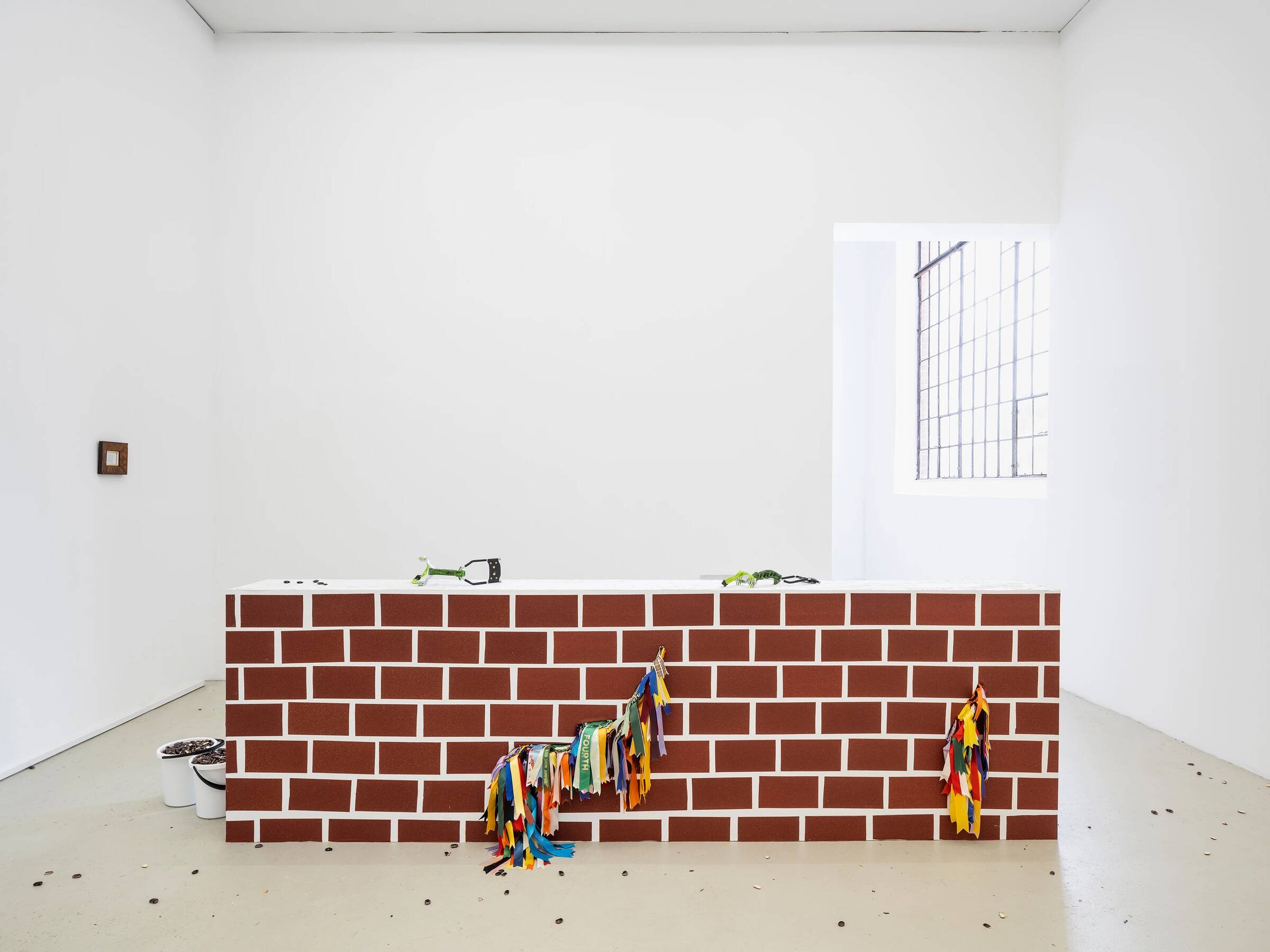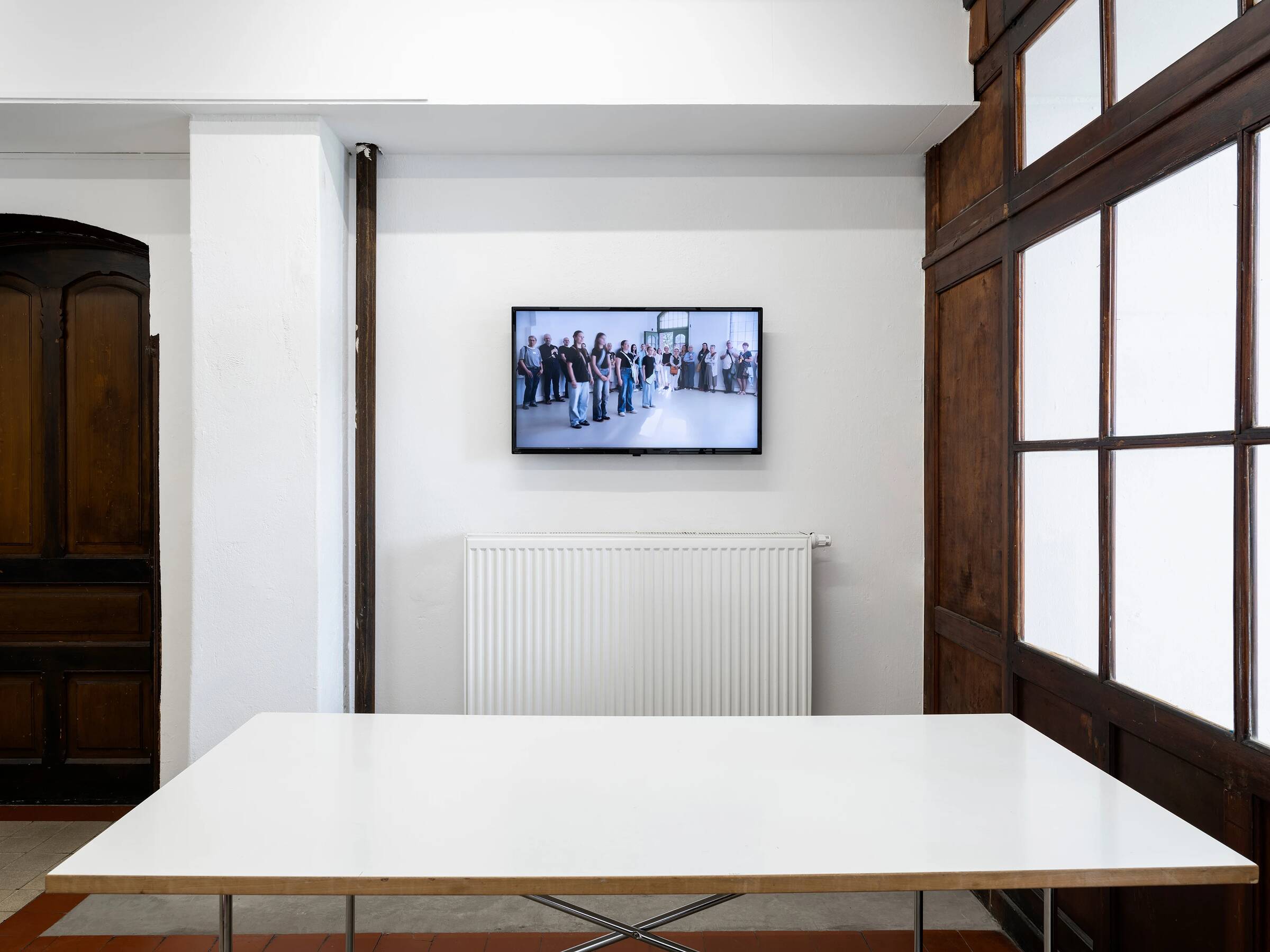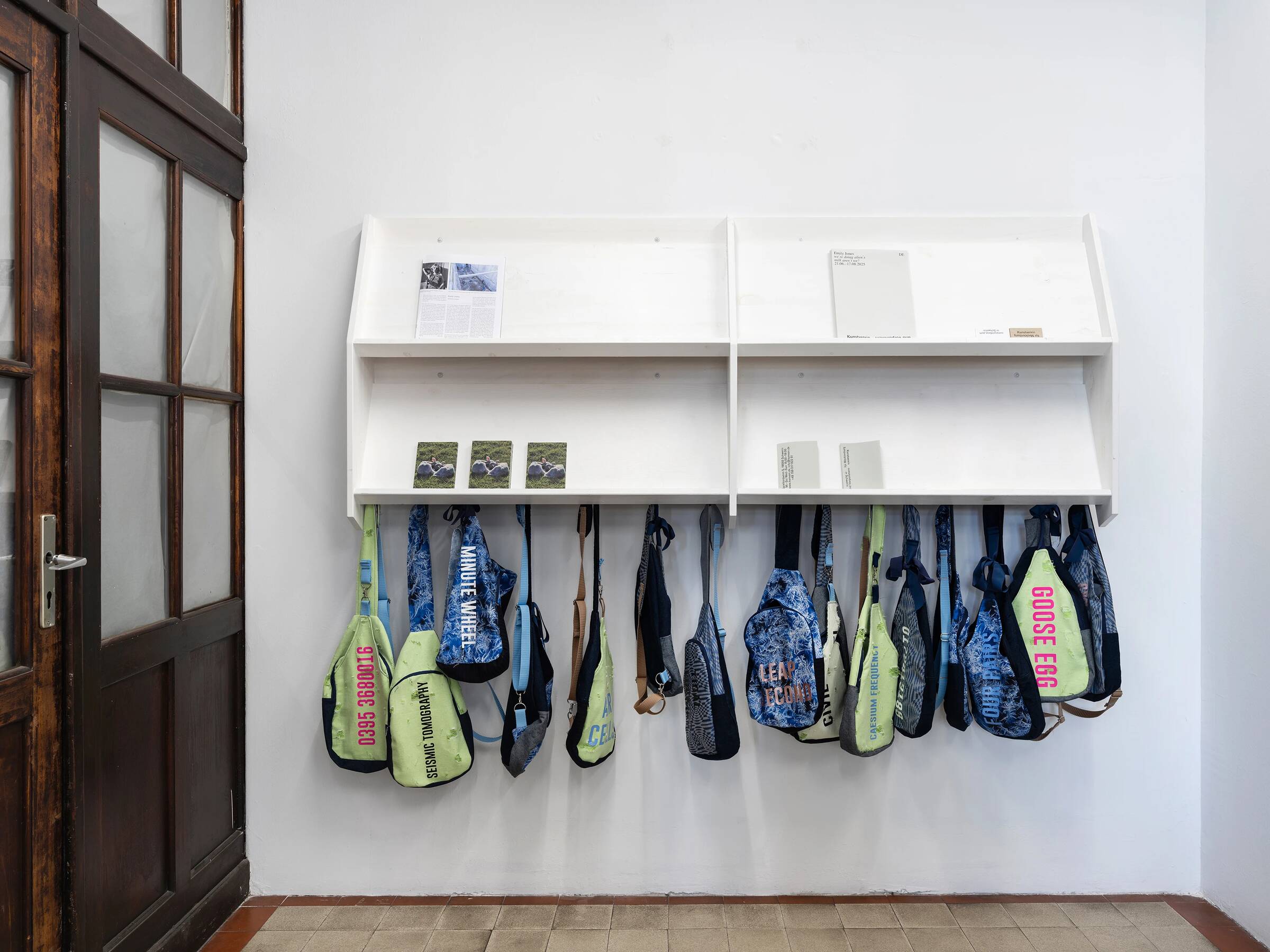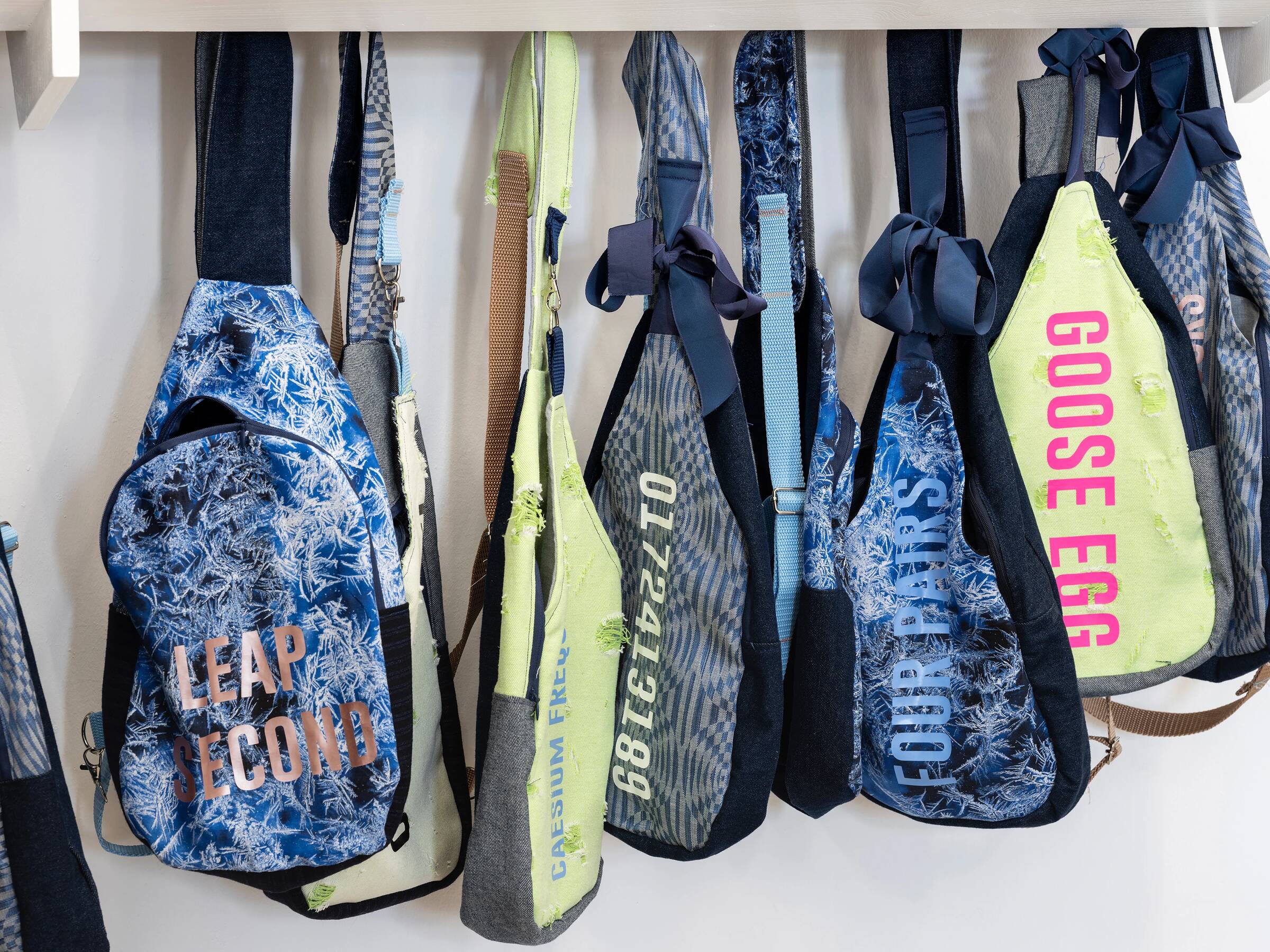Exhibition Text
With we᾽re doing alien᾽s milk aren᾽t we, the Kunstverein für Mecklenburg und Vorpommern in Schwerin is presenting the first institutional solo exhibition by British artist Emily Jones in Germany. The exhibition brings together new works created especially for the site of the Kunstverein, which unfold less as self-contained objects and more as ambiguous spaces of experience. In their openness to interpretation, the installations critically examine contemporary forms of coexistence and pose questions about individual and collective responsibility. In so doing, they interweave new relational connections between disciplines that are often thought of as separate: science, ecology, history, architecture, technology, archaeology, geography, cosmology, memory, and faith.
At the centre of we᾽re doing alien᾽s milk aren᾽t we is an artistically experimental examination of the epistemic and material orders that humans have developed over the centuries in order to measure, organise, and control themselves and nature. Systems for the measurement and arrangement of time (calendars, time divisions, rhythms, epochs, time measurements); spatial order systems (coordinate systems, cartographies, border demarcations); norm-setting and standardisation systems (units of measurement such as metres, grams, litres); legal-political systems of governance (laws, constitutions, administrative systems); as well as systems of signs and symbols (writing, number and notation systems, symbols, rituals) are all an expression of a rationality characterised by Western claims to dominance and a belief in linear progress that aims to achieve predictability and control. These historically evolved structures–as dispositives of discipline and the exercise of power–not only have an effect on knowledge and the way we deal with the world, but also shape the subjects who act within them. Discipline unfolds not only through punishment, but also through reward.
Emily Jones responds to these genealogically developed contexts of influence with an aesthetics of the fragmentary, the relational, the provisional, and the speculative. Within spatial configurations that touch about these many spheres and address both physical and emotional dimensions equally, she collages sculptural, auditory, textual, and performative elements into model situations that continuously challenge these–both external and internalized–systems of control and order. Models, timekeeping systems, objects of value, and disciplinary technologies are thereby transformed into speculative spaces of possibility that open up alternative forms of care, participation, and collective–ecological, economic, and social–responsibility.
As the title suggests, the exhibition we᾽re doing alien᾽s milk aren᾽t we thus rejects clear attributions and linear interpretations and instead points to the potential of the unknown, the uninvestigated and the non-rationalisable. Aesthetic-experimental associative spaces are created in which alternative forms of togetherness and participation can be imagined and tested, beyond domination, instrumentalisation and normative attributions. This is particularly reflected in performative formats which contribute to the exhibition as a space for (re)learning, and which were and are created in a cooperation between the artist, the StarterClub of the Meckelnburgisches Staatstheater, and the Kinderschutzbund Schwerin.
Curator
Hendrike Nagel
Material
Biography
Emily Jones (*1987, London) lives and works in London. Her works have been shown in numerous solo exhibitions, including at Centre d’art contemporain–la synagogue de Delme (2019), Prairie, Chicago (2018), First Continent, Baltimore (2017), VEDA, Florence (2017), Almanac Inn, Turin/London (2016), Cordova, Vienna (2016), S1, Portland (2015), and Jupiter Woods, London (2014). Her works have also been part of national and international group exhibitions, including Palais de Tokyo, Paris (2021), Future Gallery, Berlin (2016), Andrea Rosen Gallery, New York, Galerie Andreas Huber, Vienna, Import Projects, Berlin (2015), and Serpentine Galleries, London (2014).
Agenda
Reviews
Sponsors
With kind support:
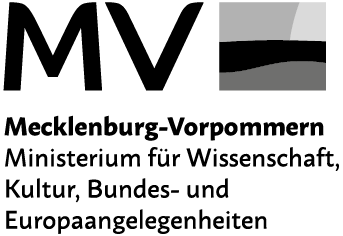
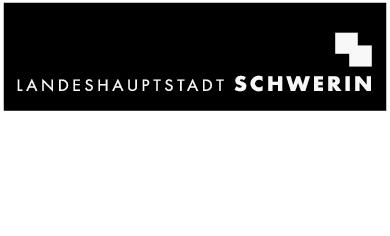
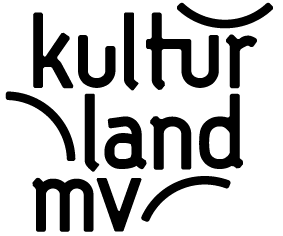
In collaboration with:
